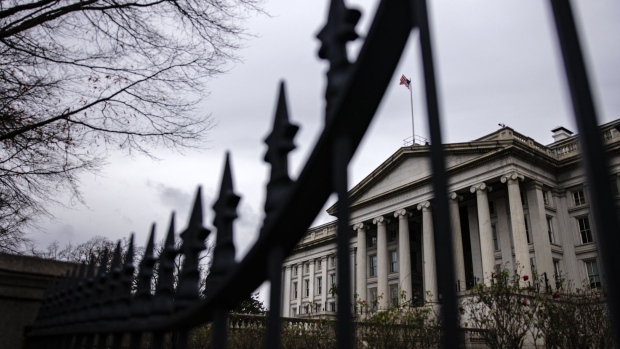Mar 29, 2022
U.S. Two- and 10-Year Yields Invert, Flashing Recession Signal
, Bloomberg News

(Bloomberg) -- The U.S. two-year yield exceeded the 10-year Tuesday for the first time since 2019, inverting yet another segment of the Treasury curve and reinforcing the view that Federal Reserve rate increases may cause a recession.
The inversion occurred as two-year yields rose while 10-year yields declined, crossing at a level of about 2.39%. Prior to 2019, when the curve inverted in August during a U.S. trade spat with China, the last persistent inversion of the Treasury curve occurred in 2006-2007.
Short-term yields that are higher than long-term yields are abnormal, and they signal that high levels of short-term yields are unlikely to be sustained as growth slows. The inversion of the two- to 10-year segment of the Treasury curve is the latest in a series beginning in October, when 20-year yields topped 30-year yields. In the past month, inversion has come to the 7- to 10-year and the 5- to 7-year segments, among others.
©2022 Bloomberg L.P.





